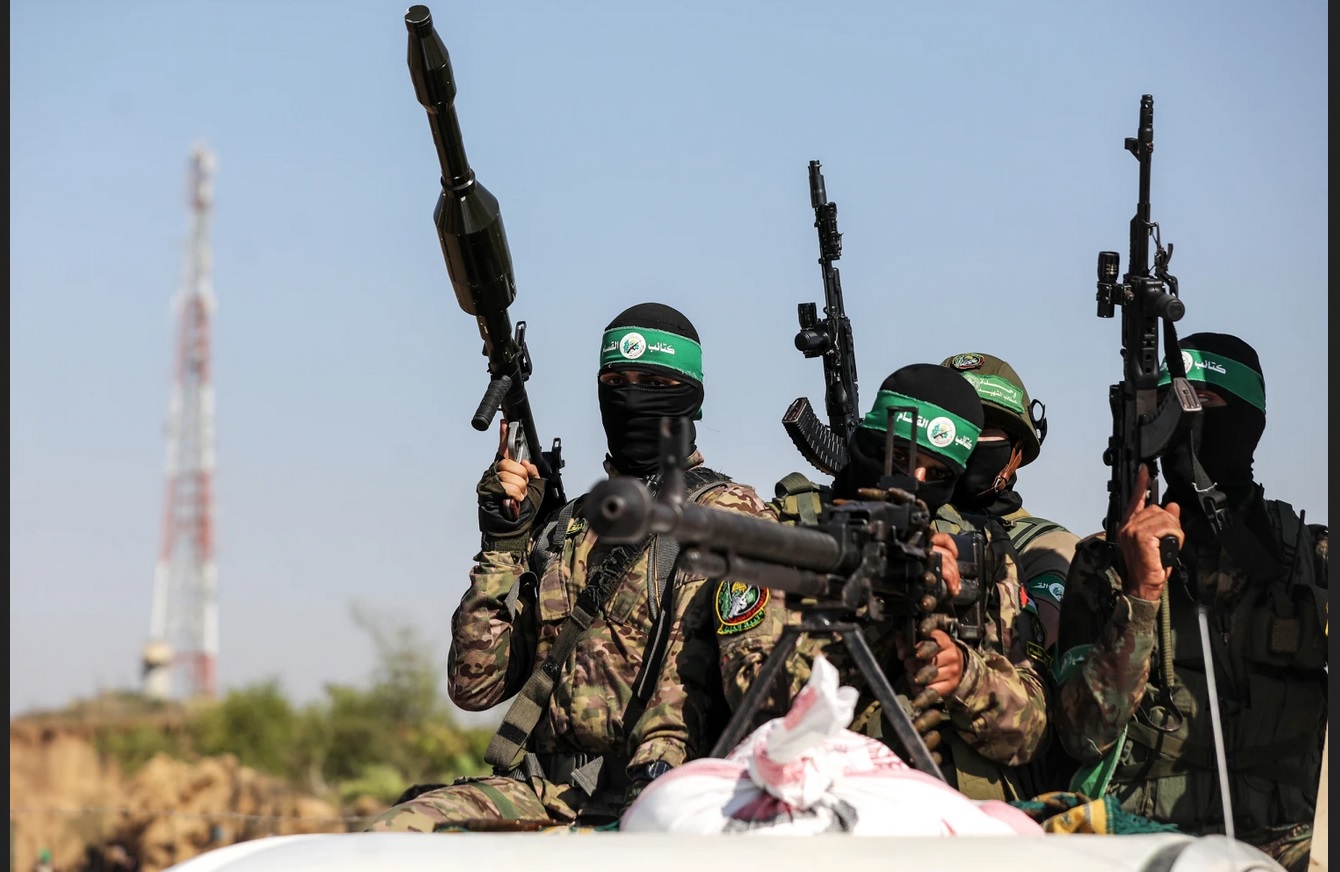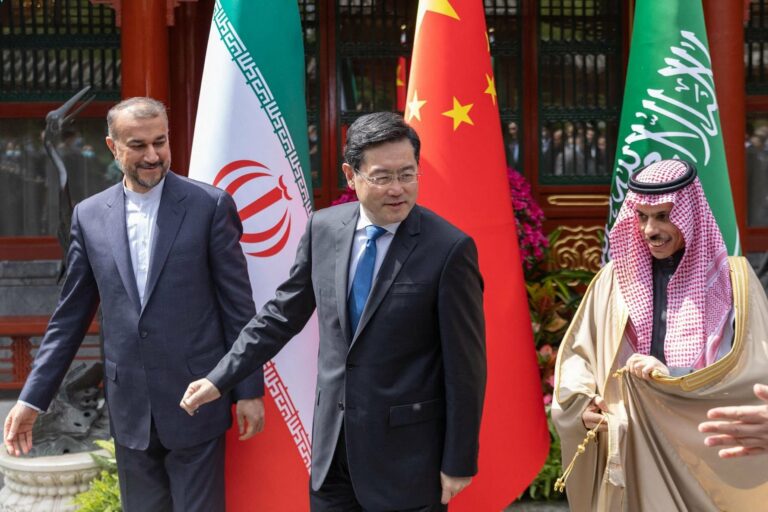The military arm of Hamas has for more than three decades relied on guerrilla warfare-style tactics in its attacks against Israel, using rockets, snipers, improvised explosive devices and underground tunnels.
Driving the news: The multipronged terrorist attack on Oct. 7 from land, air and sea was unprecedented in its scale and sophistication. Now Hamas will likely be facing an equally unprecedented Israeli ground offensive.
The Izz ad-Din al-Qassam Brigades
- Izz ad-Din al-Qassam Brigades, which makes up Hamas’ armed wing, has an estimated 30,000–40,000 fighters.
- The Brigades, which has existed since 1991, initially relied in part upon suicide bombing campaigns.
- It now has a military arsenal that is believed to include thousands of rockets, including long-range missiles and drones. Hamas officials have said their fighters also possess a range of bombs and mortars.
The Oct. 7 attack involved everything from rockets and paragliders to bulldozers, pickup trucks and motorbikes.
- “We have been preparing for this for two years. We have local factories for everything. We have rockets with ranges of 250 kms, 160 kms, 80 kms, 45 kms, and 10 kms,” said Ali Baraka, Hamas’ head of national relations abroad, in an interview with RT transcribed and translated by the Middle East Media Research Institute.

Hamas’ tunnel network
- Hamas relies on a labyrinthian network of tunnels under the Gaza Strip to store weapons and supplies and train and barrack fighters outside the view of Israel’s advanced intelligence services and beyond the reach of its air force.
- Hamas also uses underground facilities to assemble and store parts of its large arsenal of rockets and launch platforms.
- The tunnels could allow Hamas to stage ambushes and avoid detection if Israel follows through with plans for a major ground operation.
International funding sources
- Hamas’ funding streamsare hard to determine and verify, though Iran provides up to $100 million annually to Hamas and other Palestinian militant groups, according to the State Department.
- Jake Sullivan, President Biden’s national security adviser, said in an Oct. 10 White House press conference that Iran provided “the lion’s share” of the funding for Hamas’ military wing, making Tehran “complicit” in the Oct. 7 attacks.
- The group also raises funds from Gulf countries, including Qatar, and has received financial, military, diplomatic or political support from Turkey, Malaysia, Algeria and Sudan.
- Hamas also smuggles in weapons from abroad. “We have rockets that are locally manufactured, but the long-range rockets came from abroad, from Iran, Syria and others through Egypt,” Hamas leader Ismail Haniyeh told Al Jazeera in 2022.
Other funding streams
- In addition to contributions from international partners, Hamas relies on cash smuggling and money exchange businesses and front companies.
- The U.S. Treasury Department on Oct. 18 announced sanctions against a group of 10 Hamas members and the group’s financial network, stretching from Gaza to Sudan, Turkey, Algeria and Qatar.
- In 2022, the U.S. Treasury sanctioned Hamas financial officials who manage a portfolio of global companies — including construction, real estate and mining firms — with assets of over $500 million and operations in Sudan, Turkey, Saudi Arabia, Algeria and the United Arab Emirates.
- The role of cryptocurrency in Hamas’ financing has also come under increasing scrutiny since the Oct. 7 attack.








Leave a Comment